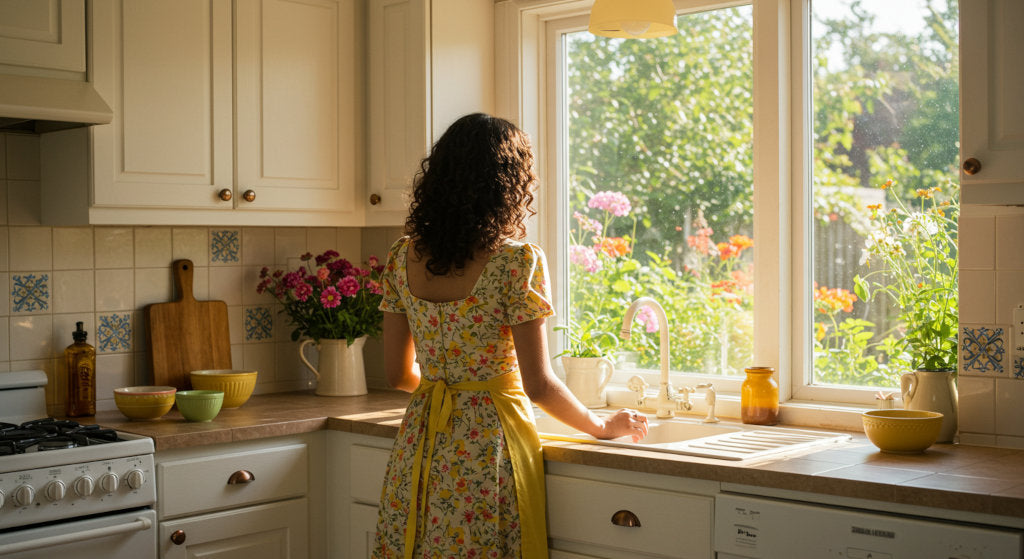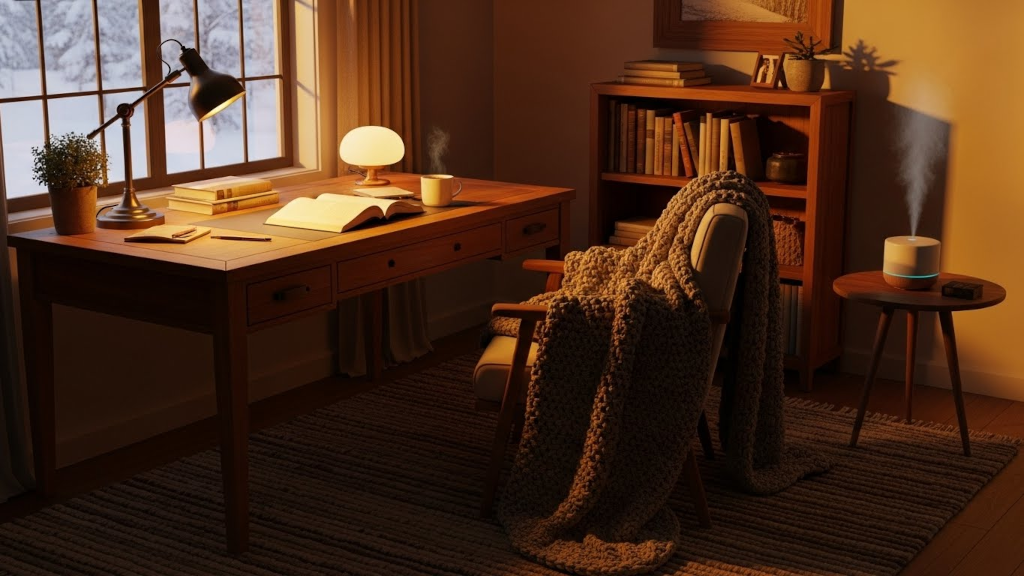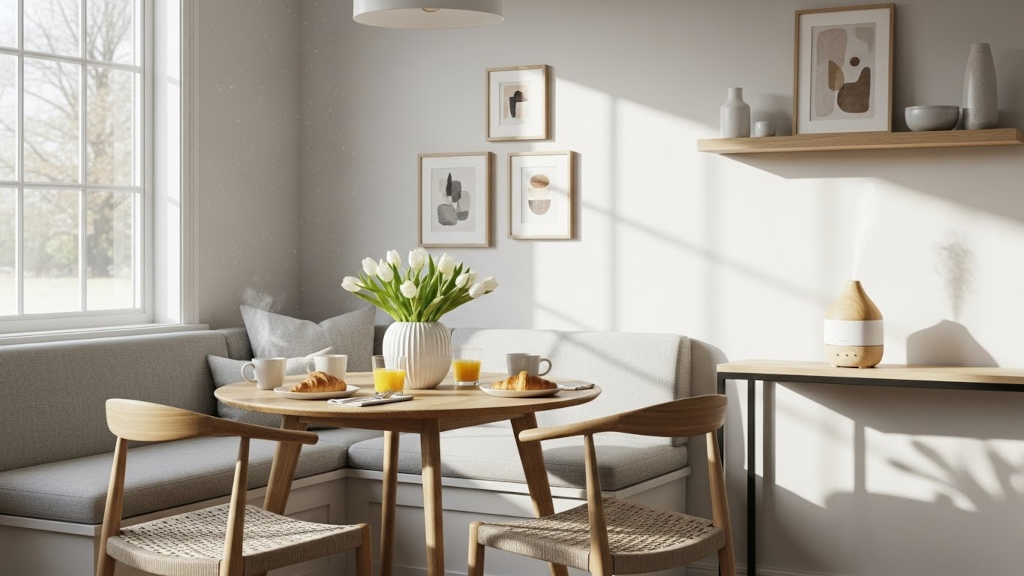A garden does more than decorate a landscape. It calms the mind, fills the air with natural beauty, and reminds us to slow down. There is a softness to it, a quiet structure that shifts with the light. While outdoor gardens thrive under the sun, their essence can be carried inside through botanical oils.
By using natural fragrance blends in cold air diffusers, you can bring the soul of a garden into your home. These oils offer more than floral sweetness. They reveal textures of green leaves, fresh petals, and sun-warmed herbs. With the thoughtful selection, the botanical fragrance becomes a living part of your space.
What Makes a Botanical Oil?
Botanical oils are derived directly from plant materials. These include essential oils and aroma extracts from flowers, leaves, stems, roots, and resins. They are not merely inspired by nature. They are nature, distilled.
Each oil carries the unique imprint of its plant origin. Rose is round and velvety. Lavender is herbaceous with a powdery finish. Basil feels bright and structured. Together, they form compositions that feel soft, layered, and alive.
Botanical oils are prized not just for their scent, but for their emotional qualities. They uplift, relax, or ground a space without overwhelming it. When blended correctly, they can create an atmosphere that feels like a garden unfolding slowly indoors.
Why Diffusion Brings Out the Best in Botanicals
The method of scent delivery matters. Cold air diffusion disperses oils without heat or water, preserving the integrity of each botanical note. The scent stays true to its natural form, releasing microscopic particles that blend into the air rather than coating it.
This form of scenting allows delicate oils to breathe. The more nuanced the blend, the more important it is to avoid heat. Botanicals develop over time. They open, shift, and soften. Diffusion lets that transformation happen gently, the way a garden changes as the day moves forward.
Florals That Feel Fresh, Not Powdery
Not all florals behave the same. In natural form, they are far less sweet or artificial than many people expect. Jasmine, for instance, carries depth and richness. It is full-bodied but not sugary. Rose absolute can feel earthy or even tea-like depending on the origin. Neroli is floral but crisp, lifted by a trace of green citrus.

When building a fragrance garden indoors, it helps to pair florals with leafy or herbal notes. This keeps the scent from feeling too soft. A rose blend with geranium and basil feels modern. Jasmine with tea leaves or petitgrain adds dimension. These combinations create balance and reflect the way real gardens smell, never just one thing at a time.
Green Notes Add Life and Movement
What makes botanical blends so vibrant is not just the florals. It is the green, herbaceous, and sometimes bitter notes that carry energy through the space. These are the scents of stems, leaves, and just-turned soil.
Oils like rosemary, thyme, and eucalyptus bring structure and clarity. Clary sage and vetiver add calm without dullness. These notes do not dominate, but they support. They give contrast to sweetness and depth to soft textures.
Using green notes allows a botanical fragrance to feel real. It adds movement and light, the same way a breeze moves through garden paths.
How to Use Botanical Blends Throughout the Day
Fragrance can follow the rhythm of the home. In the morning, lighter blends with citrus and herbs bring clarity. A garden-inspired scent with basil, lemon balm, and a touch of lavender feels refreshing and clear.
As the day shifts, fuller floral notes can take the lead. Rose, neroli, or jasmine combined with fresh greenery offer balance. These blends feel layered and settled, perfect for living spaces or creative work areas.
In the evening, deeper botanicals such as patchouli, vetiver, and cedarwood provide calm. Paired with dried florals like helichrysum or blue chamomile, they create softness and rest.
Botanical oils are versatile. They adapt well to each space and time of day. The key is to use them with intention, allowing scent to support how the room is meant to feel.
Designing Your Indoor Fragrance Garden
Creating a scent garden at home begins with choosing a small number of quality oils. Think in layers. Start with one floral, one green, and one grounding base. For example, rose, basil, and vetiver. Then experiment with pairings. Add chamomile for a softer finish, or bergamot to bring brightness.
Cold air diffusion allows these blends to unfold slowly. You do not need much. A few drops of a balanced blend can scent a space for hours. Change the intensity based on the size of the room and the time of day.
Let fragrance live with your interiors. Place diffusers near windows where light shifts. Allow the scent to echo the textures of linen, stone, or wood. The result is not just a pleasant smell, but an experience that mirrors the quiet luxury of a well-tended garden.
Fragrance That Feels Alive
Botanical oils offer a way to bring life indoors. They connect the interior space to something more organic, something timeless. A fragrance garden does not need soil or sunlight to bloom. It needs care, creativity, and the right oils.
With every shift of scent, the home begins to breathe. The experience becomes textured, natural, and personal. And just like a garden, it invites you to pause, notice, and be present.








